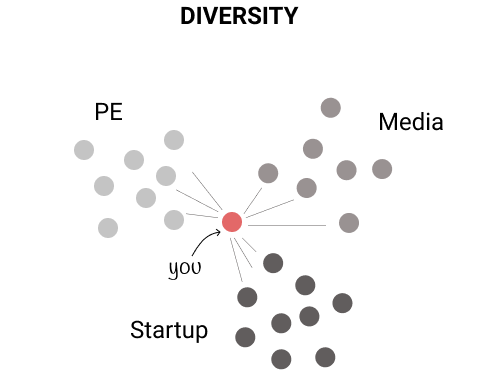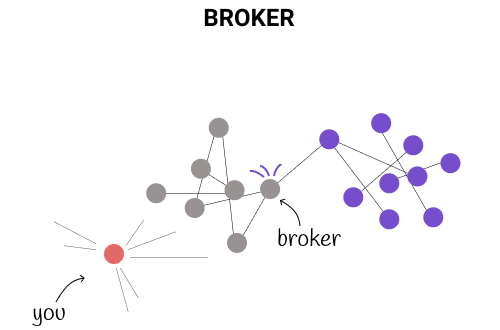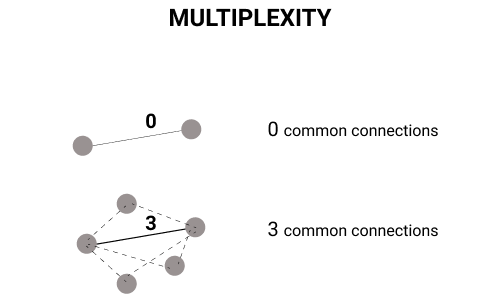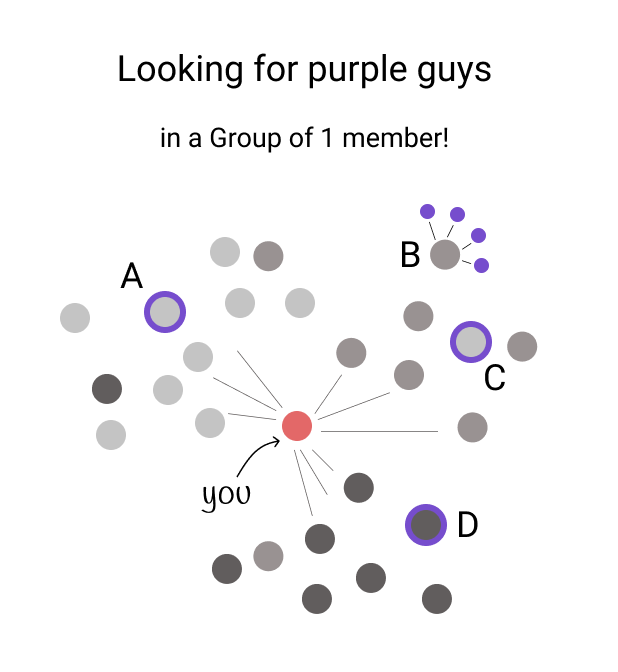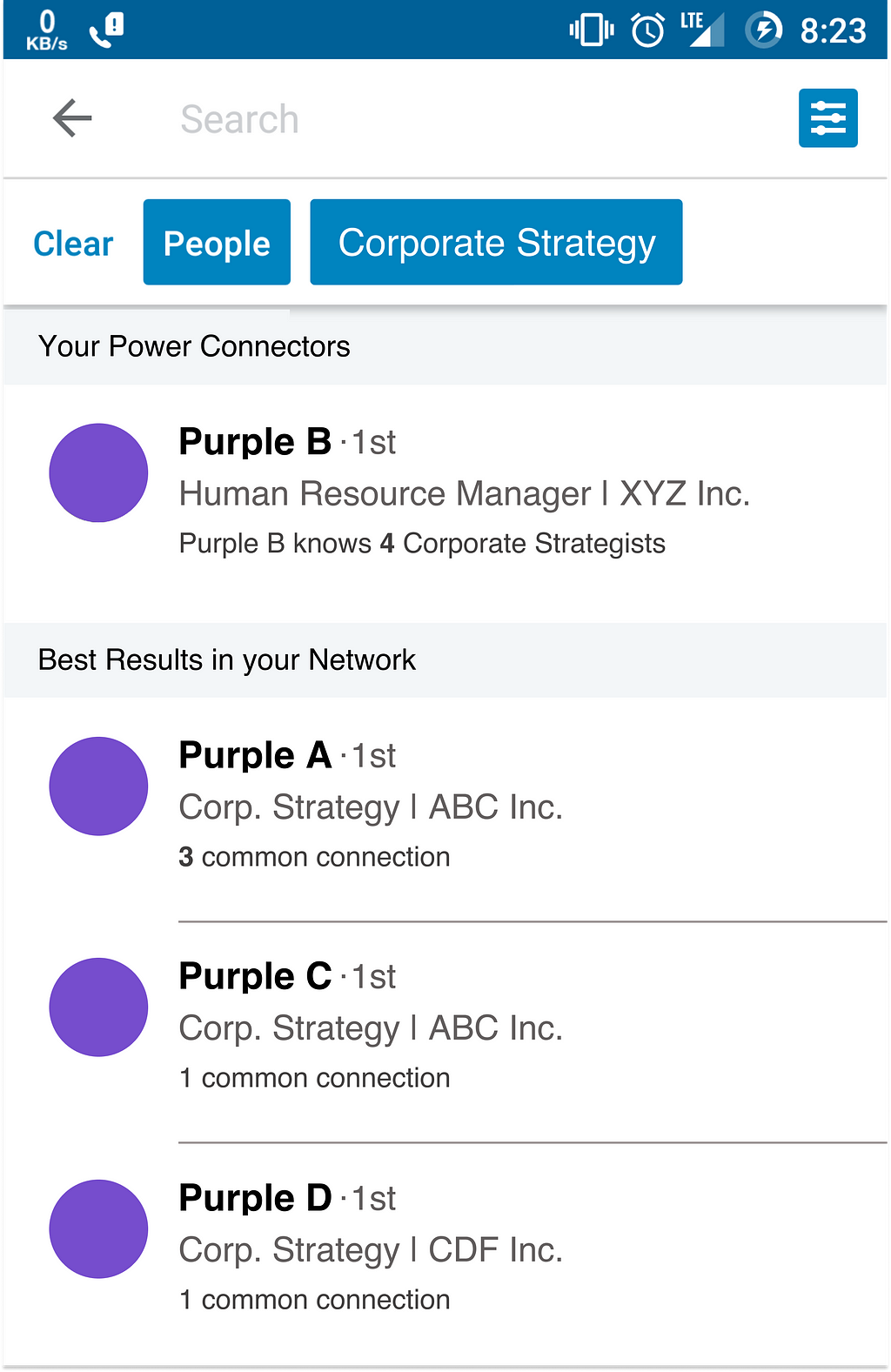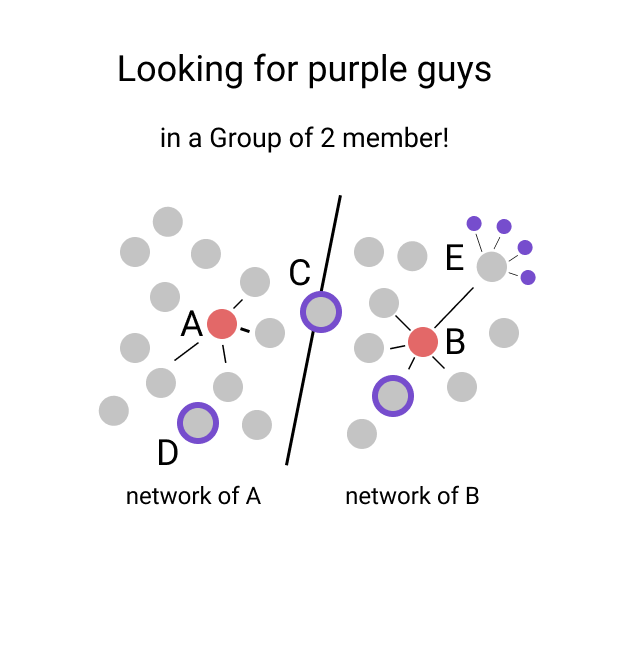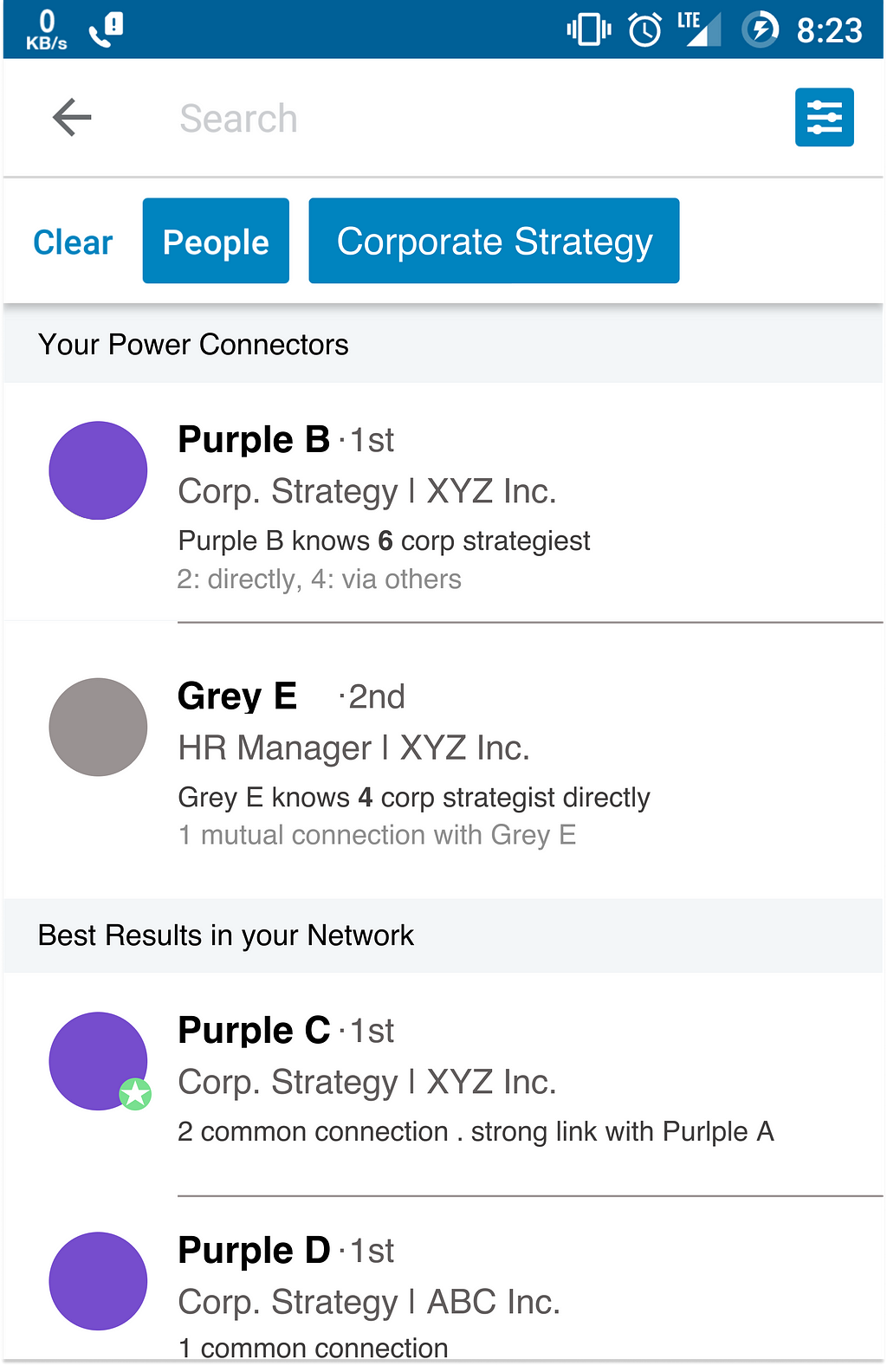Latest news about Bitcoin and all cryptocurrencies. Your daily crypto news habit.
.. on the possibility of leveraging contacts & networks as a team, demystifying what makes a strong network and envisioning a potential (LinkedIn) product that may one day solve for it.
[Inspired from lectures of Dr. Adam Waytz at Kellogg B-school]
Your access to opportunities, skills, and resources is often determined by the strength of your network, i.e. the people you know. 76% of jobs in the market are tapped via personal connection instead of formal channels [source]. Some VCs won’t even read your business plan unless you come via referral!
In a market where Social Network is the single biggest asset and determinant of success, do people have ways to wilfully share, access and tap into each others network?
Imagine:
- a group of MBA students looking to leverage each other’s network to switch industries and get their dream job, or
- a Venture Capitalist firm looking to tap the network of its portfolio companies for hiring talent or finding influencers.
Can a tech product solve this problem? What does a strong network look like? How may a product relay the most impactful network information to its users?
Let’s try to find out.
What makes a strong network?
Three things — Diversity. Brokers. Multiplexity.
Diversity: More the diversity & variety of sectors/functions in your network, stronger is your ability to tap into unique skills & opportunities across domain.
Brokers: Most influential people in your network are the ones who can connect different clusters of the network together.
Multiplexity: Number of common connections is a good proxy of the level of cohesion, trust, and strength of the link.
The Product
Let’s imagine that LinkedIn decides to take a crack at it by launching “LinkedIn Super Network” — a product that allows members of a group to share their connections amongst themselves.
Imagine a group of 1 person. Let’s say that this person is looking for “Purple” guys — people working in Corporate Strategy role — at different firms in his network.
He would like to know:
- the Brokers in his network who can introduce him to most “Purples”, and
- the Purples in his network who share high multiplexity, i.e. common connections with him.
Let’s scale this. Imagine that there is a Group of two people — A and B. Now as an admin of the group if you search for “Purple” guys, you will expect the following information.
A green star badge can represent the strength of link which, in LinkedIn’s case, can be defined be mutual engagement like skill endorsement, liking of posts, profile recommendation etc.
The ordering in the list can be a weighted function of:
- Count of relevant Leads
- Degree of separation
- Multiplexity
- Strength of connection
Conclusion
A few experimental projects like MIT Immersion and Socilabs scratches the surface by providing free tools to explore, visualise and quantify the strength & weakness of your network.
There is a ton of research on measuring a network’s strength across different companies, sectors, functions and locations through metrics like network density, hierarchy, constraint, effective size etc. A powerful tool that let’s you explore the depth and breadth of a group’s network can have limitless potential for any profession that derives value from its tribe, be it alumni association, students groups, PR managers or Venture capitalists.
LinkedIn is in a unique position to disrupt this space. I will look forward to its next move in this space in years to come.
I would like to thank prof. Dr. Adam Waytz for the amazing enthusiasm and learnings he brought through his course on Leadership.
Also, a special thanks to my batchmate, Suhani Chapparwal, who validated the problem by sharing her experience of working at a VC firm, where they struggled to leverage their social network due to lack of open LinkedIn APIs.
Thanks for reading! :) If you liked it, please support by clapping 👏🏻 and sharing the post.Feel free to leave a comment or connect with me on LinkedIn.
Tapping Social Network of Groups — A LinkedIn Opportunity was originally published in Hacker Noon on Medium, where people are continuing the conversation by highlighting and responding to this story.
Disclaimer
The views and opinions expressed in this article are solely those of the authors and do not reflect the views of Bitcoin Insider. Every investment and trading move involves risk - this is especially true for cryptocurrencies given their volatility. We strongly advise our readers to conduct their own research when making a decision.

